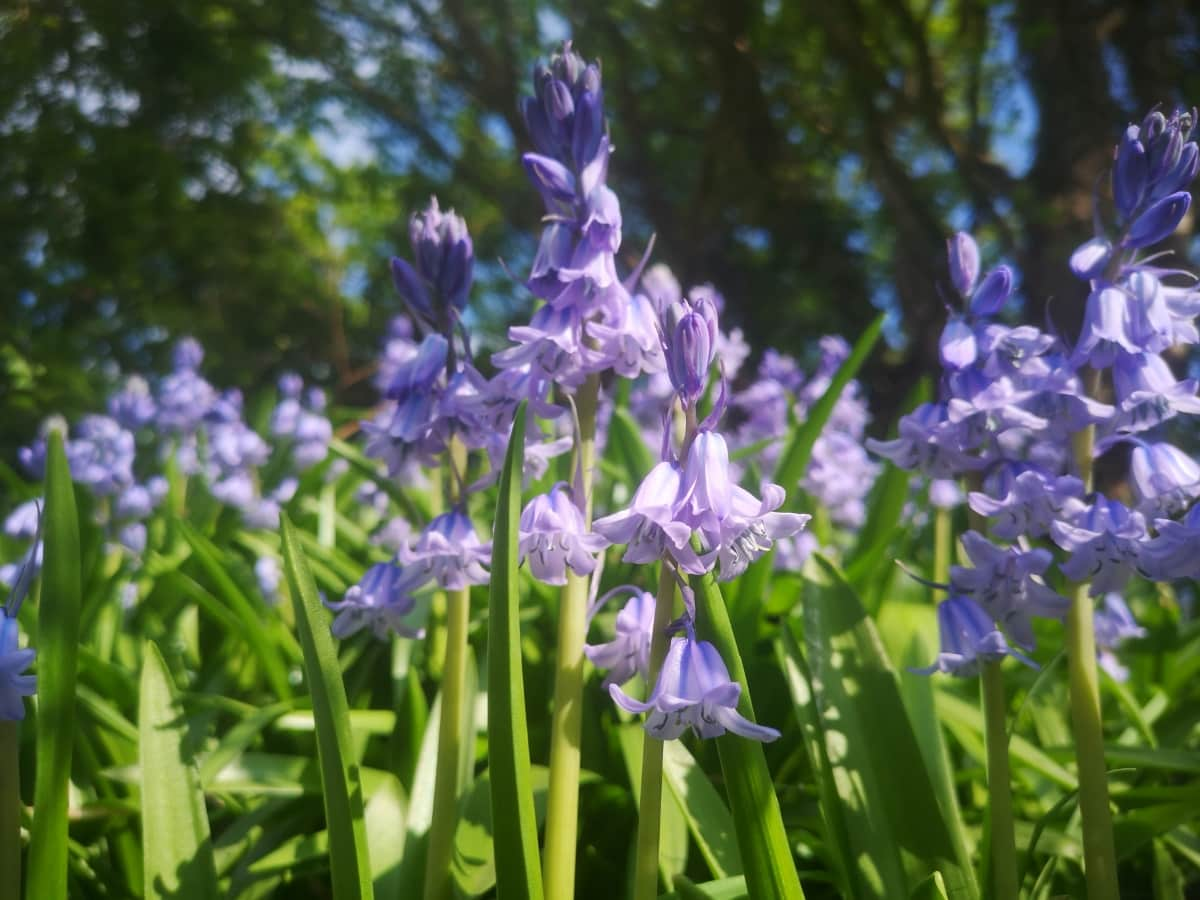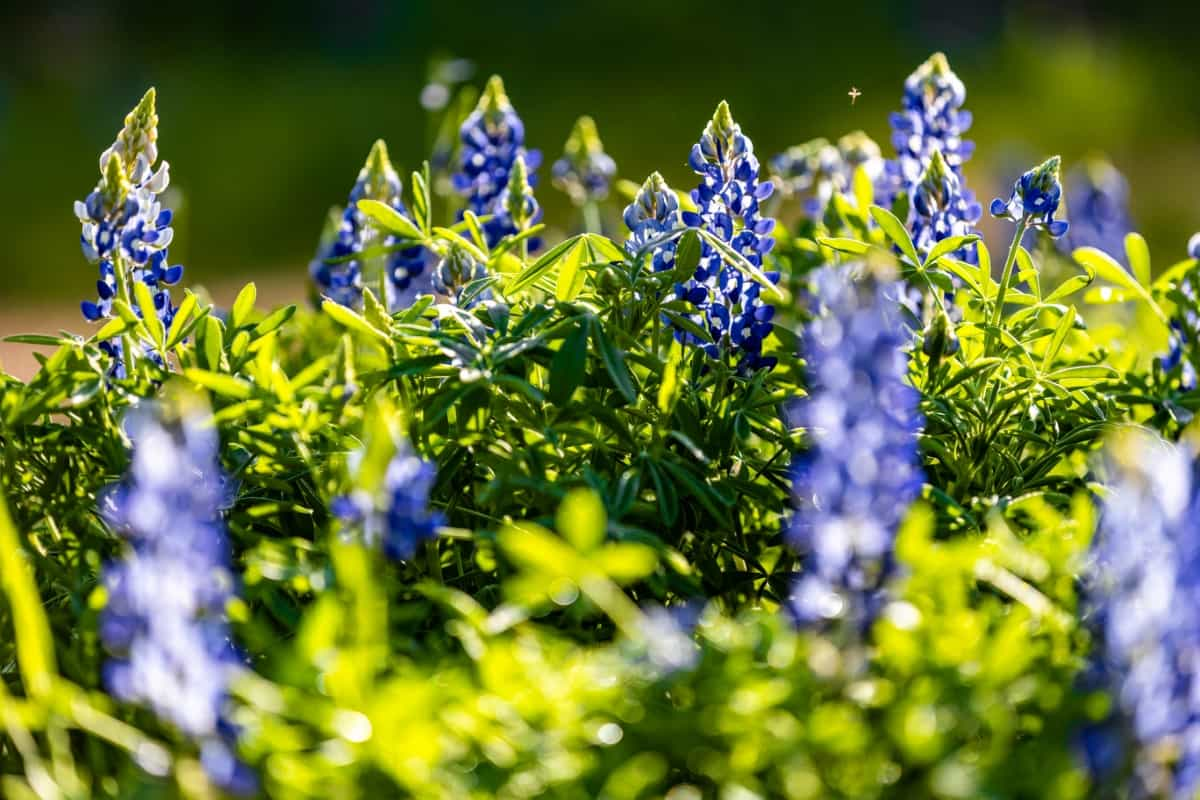The vast state of Texas, known for its diversity in culture and landscape, also boasts various plants that add to its unique beauty. This array of flora, ranging from South Texas Landscaping Plants that endure the intense sun to North Texas landscaping plants that brave the fluctuating climates, provides garden enthusiasts with numerous options to adorn their spaces.
Central Texas landscape plants, in contrast, find a harmony between the conditions of the north and the south, thriving amidst rolling hills and mesquite flats. The allure of Texas perennial flowers, especially when planted in front of landscaping designs, is hard to resist as they introduce periodic bursts of color and vibrancy. In recent times, the emphasis has shifted towards sustainable gardening.
With initiatives like the Native Plant Society of Texas Landscape Certification, individuals are now more knowledgeable about local plants and the advantages of incorporating them. This ensures gardens not only beautify spaces but also support local ecosystems. Considering Texas’s size and climatic diversity, it’s a challenge, albeit delightful, to select the right combination of shade and sun-loving plants, making every garden a unique masterpiece.
Best Texas Landscape Plants for the North Region
Gardening can be challenging and rewarding in the north of Texas, where the climate sees more variability than other regions. It’s vital to integrate plants that can withstand swift weather changes here. Landscaping plants native to North Texas, including the vibrant Bluebells and the aromatic Texas Sage, have evolved to survive in these conditions, making them ideal choices.

Best Texas Landscape Plants for the South Region
These plants bear the fluctuating weather patterns and flourish, turning gardens into local showcases. Furthermore, Plants for North Texas landscapes often need to be versatile. With periods of rain followed by harsh sun or even unexpected frost, plants like the Texas Redbud and Possumhaw Holly have become staples due to their adaptability and year-round appeal. South Texas is synonymous with heat, and this warmth dictates a different set of plants that can withstand high temperatures while beautifying spaces.
In case you missed it: Best Container Plants for Texas: A Comprehensive Guide

South Texas landscaping plants, such as the graceful Esperanza or the hardy Century Plant, have adapted to these conditions. Their ability to thrive in intense heat, coupled with their vivid appearances, make them garden favorites. The South Texas landscape is often characterized by its dry conditions and prolonged sun, so plants like the Desert Willow or Rock Rose have become staples in this region’s gardens, blending endurance with beauty.
Best Texas Landscape Plants for the Central Region
Central Texas, a blend of the north and south terrains and climates, offers a unique gardening palette. Central Texas landscape plants are often a mix of both worlds, creating resilient and diverse gardens. Iconic flowers like the Bluebonnet, which paints fields with its blue hue, or the Coral Honeysuckle, known for attracting hummingbirds, are native to this region.
In case you missed it: Growing Profile of Texas Everbearing Fig Tree: A Guide to Planting and Care

These plants not only bring aesthetic value but also evoke a sense of place, resonating with the natural beauty of Central Texas. Additionally, Central Texas gardens often showcase plants like the Texas Mountain Laurel or Four Nerve Daisies due to its transitional climate, each adding a distinct touch to the landscapes.
Native Texas Plants for Landscaping
Using native plants in landscaping is more than just an aesthetic decision; it’s sustainable. Texas Native Plants Landscaping is becoming popular because these plants, accustomed to Texas soils and climates, require less water, fewer pesticides, and minimal care compared to non-native species. Moreover, they support local wildlife, including pollinators like bees and butterflies. Examples include the Purple Coneflower, known for its medicinal properties, and the Texas Lantana, which captivates with its multi-colored blooms.
Drought-Tolerant Plants for Texas Landscapes
Drought is a recurrent theme in Texas. Many gardeners turn to plants like the resilient Red Yucca or the sculptural Agave to ensure landscapes remain green and vibrant even during water shortages. These plants have evolved mechanisms to store water or reduce water loss, making them perfect candidates for Texas gardens. Their inherent beauty, combined with their water-saving properties, makes them indispensable in modern Texan landscapes.
Low-Maintenance Plants for Texas Gardens
With the hustle and bustle of modern life, many homeowners seek plants that offer beauty without demanding much care. The Turk’s Cap, with its ruby-red flowers, or the Mexican Feather Grass, with its golden strands that sway with the breeze, are prime examples. They’re captivating and require minimal attention, making them favorites for those with busy schedules.
Colorful Flowering Plants for Texas Landscapes
In Texas, where the sun often shines bright, colorful flowering plants like the Indian Blanket, which sets gardens ablaze with its red and yellow hues, or the Blue Mistflower, which offers a cooler palette, are often chosen. These plants not only introduce periodic vibrancy but also attract a host of pollinators, turning gardens into hubs of activity.
Evergreen Trees and Shrubs for Texas Gardens
Beyond flowers, trees and shrubs form the backbone of any garden, providing structure, shade, and a sense of permanence. Evergreens like the Mountain Laurel, with its grape-soda scented flowers, or the Yaupon Holly, known for its bright red berries, ensure gardens remain lively even in colder months. These plants are vital for creating layered landscapes, offering height and year-round greenery.
Ornamental Grasses for Texas Landscaping
To infuse a sense of movement and texture into gardens, ornamental grasses are the go-to choice. Varieties like the Big Muhly or Switchgrass thrive in Texas soils and introduce an element of dynamism. Their tall, swaying strands create captivating visuals, especially when backlit by the setting or rising sun.
Incorporating Water Features in Texas Landscaping
One cannot underestimate the transformative power of water in landscaping. While Texas’s expansive terrain might not naturally lend itself to bodies of water, many homeowners have tapped into the serenity that ponds, waterfalls, or even simple fountains can offer. Incorporating water features isn’t merely about aesthetics; it’s a multi-sensory experience.
The gentle sound of trickling water can mask urban noises, creating an oasis of calm in one’s backyard. Moreover, water attracts local fauna like birds, butterflies, and beneficial insects, making gardens lively. It’s a balance, though, especially in areas prone to drought. Texas gardeners have innovated in creating recirculating systems, ensuring minimal water waste.
In case you missed it: Best Heirloom Tomatoes for Texas: Early-maturing, Disease-Resistant Varieties

Native aquatic plants, like the Texas Wild Rice or the American Water Willow, can be integrated, ensuring these features blend seamlessly with the rest of the landscape. These water elements serve as focal points in gardens and as habitats, promoting local biodiversity and introducing a dynamic, ever-changing component to the static beauty of plants.
Conclusion
Texas, with its vastness, offers endless gardening opportunities. Each region, from North to South and Central, presents unique challenges and rewards. Through careful selection and focusing on native, drought-tolerant, and low-maintenance plants, every Texan can curate a garden that reflects this state’s unparalleled beauty.
- Feed Your Flock for Less: Top 10 Tips to Save on Chicken Feed
- Ultimate Guide to Ossabaw Island Hog: Breeding, Raising, Diet, and Care
- Hatching Answers: The Top 10 Reasons Your Chickens Aren’t Laying Eggs
- Eggs and Economics: Breaking Down the Cost of Raising Backyard Chickens
- Defend Your Greens: Proven Methods to Keep Iguanas Out of Your Garden
- Ultimate Guide to Cinnamon Queen Chicken: A Comprehensive Guide for Beginners
- Ultimate Guide to California Tan Chicken: Breeding, Raising, Diet, Egg-Production and Care
- Ultimate Guide to Marsh Daisy Chicken: Breeding, Raising, Diet, and Care
- 10 Types of Chicken Farming Businesses You Can Start for Profits